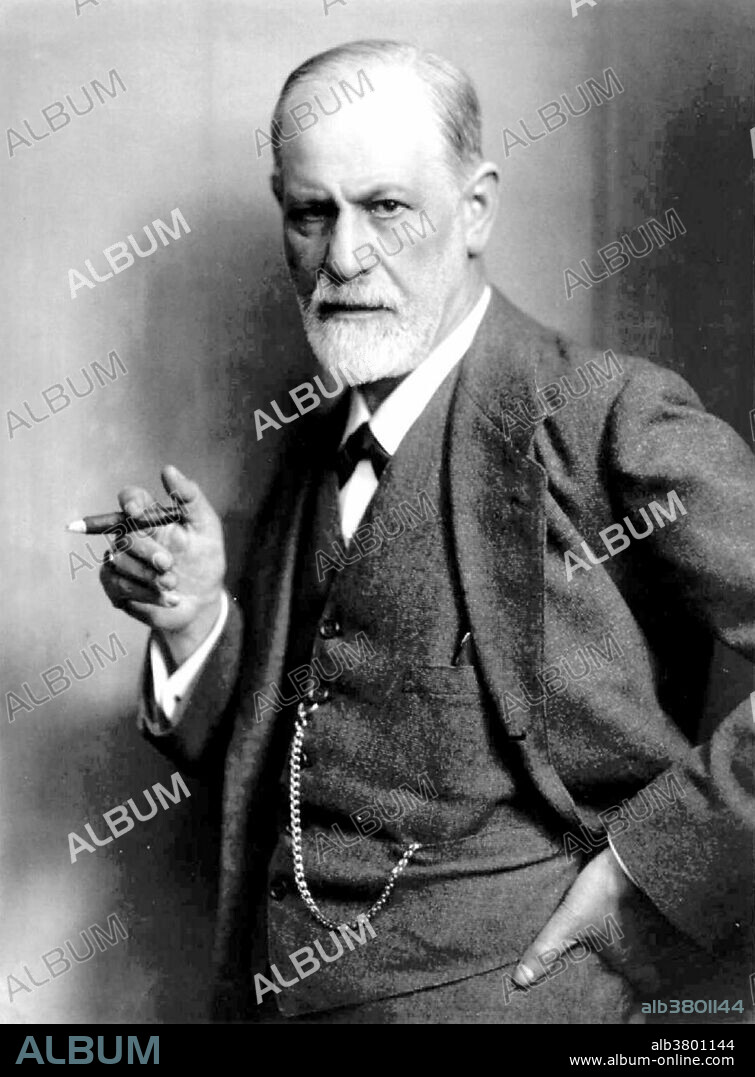alb3801144
Sigmund Freud, Father of Psychoanalysis

|
Ajouter à une autre Lightbox |
|
Ajouter à une autre Lightbox |



Avez-vous déjà un compte? S'identifier
Vous n'avez pas de compte ? S'inscrire
Acheter cette image.
Sélectionnez l'usage:

Titre:
Sigmund Freud, Father of Psychoanalysis
Légende:
Voir la traduction automatique
Freud by Max Halberstadt, 1921. Sigmund Freud (May 6, 1856 - September 23, 1939) was an Austrian neurologist who became known as the founding father of psychoanalysis. In creating psychoanalysis, a clinical method for treating psychopathology through dialogue between a patient and a psychoanalyst, Freud developed therapeutic techniques such as the use of free association and discovered transference, establishing its central role in the analytic process. His redefinition of sexuality to include its infantile forms led him to formulate the Oedipus complex as the central tenet of psychoanalytical theory. His analysis of dreams as wish-fulfillments provided him with models for the clinical analysis of symptom formation and the mechanisms of repression as well as for elaboration of his theory of the unconscious as an agency disruptive of conscious states of mind. Freud postulated the existence of libido, an energy with which mental processes and structures are invested and which generates erotic attachments, and a death drive, the source of repetition, hate, aggression and neurotic guilt. In his later work he developed a wide-ranging interpretation and critique of religion and culture. He died in 1939 at the age of 81 from cancer of the jaw that caused him severe pain and had been declared to be inoperable.
Crédit:
Album / Science Source / Library of Congress
Autorisations:
Modèle: Non - Propriété: Non
Questions sur les droits?
Questions sur les droits?
Taille de l'image:
3539 x 4800 px | 48.6 MB
Taille d'impression:
30.0 x 40.6 cm | 11.8 x 16.0 in (300 dpi)
Mots clés:
CÉLÈBRE • CELEBRITE • EUROPÉEN • HOMME • NEUROLOGUE • PERSONNAGES • PERSONNALITÉS • PERSONNE • PORTAIT • PORTRAIT • POTRAIT • PSCHYCHANALISE • PSYCHANALYSE • PSYCHOTHERAPEUTE • PSYCHOTHERAPIE • XXE SIECLE
 Pinterest
Pinterest Twitter
Twitter Facebook
Facebook Copier le lien
Copier le lien Email
Email
